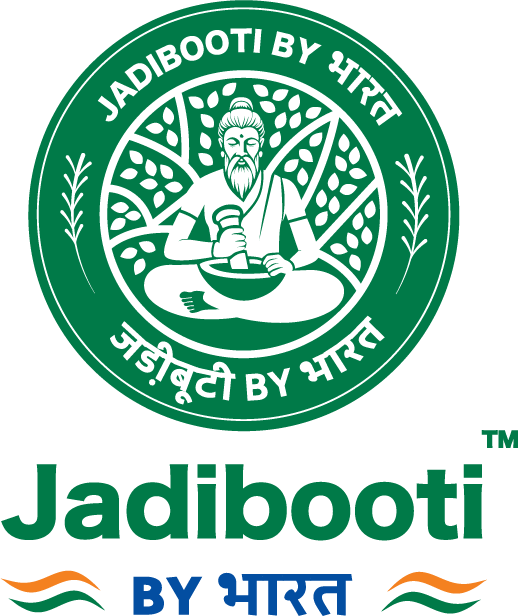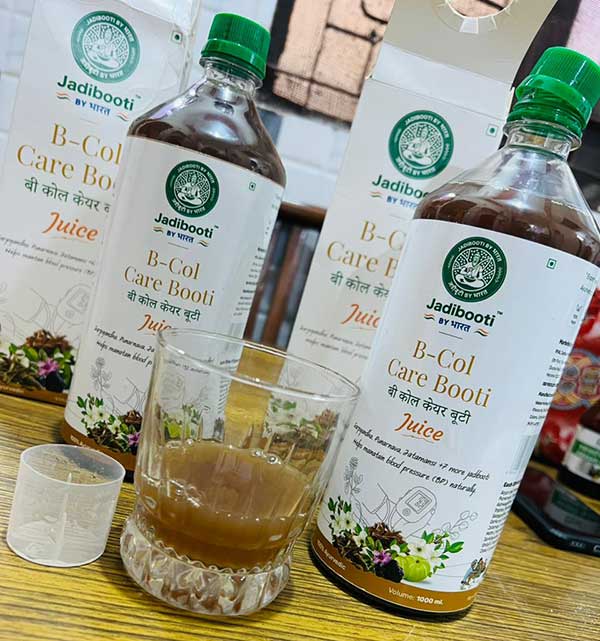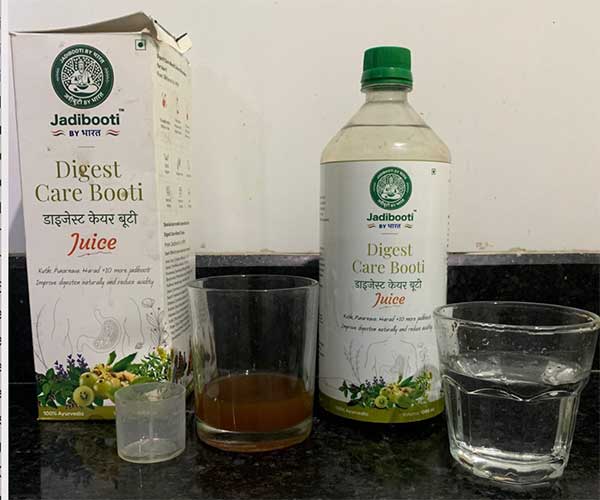
BP Systolic Diastolic & BP Care
What Is BP Systolic Diastolic?
BP systolic diastolic refers to the two numbers in your blood pressure reading:
-
Systolic BP: The top number, measuring pressure when the heart beats.
-
Diastolic BP: The bottom number, measuring pressure when the heart rests.
For example, a reading of 120/80 mm Hg means your BP systolic diastolic is within normal range. In 2025, the target for optimal BP care is below 130/80 mm Hg for most adults.
Updated BP Care Guidelines (2025)
The latest BP care recommendations emphasize early screening, lifestyle changes, and personalized treatment:
-
Normal BP systolic diastolic: <120/<80 mm Hg
-
Elevated BP systolic diastolic: 120–129/<80 mm Hg
-
Hypertension Stage 1: 130–139/80–89 mm Hg
-
Hypertension Stage 2: ≥140/≥90 mm Hg
If BP systolic diastolic remains elevated for 3–6 months despite lifestyle changes, medication is recommended.
Lifestyle Habits for BP Care
Effective BP care starts with daily habits. Here’s how to naturally manage BP systolic diastolic:
-
Reduce sodium intake: Aim for <1500 mg/day.
-
Increase potassium: Eat bananas, spinach, and sweet potatoes.
-
Exercise regularly: 30 minutes of walking or yoga daily.
-
Limit alcohol and caffeine: Both can spike BP systolic diastolic.
-
Manage stress: Meditation and deep breathing help stabilize BP care.
The Science Behind BP Systolic Diastolic
BP systolic diastolic is influenced by:
-
Arterial stiffness
-
Heart rate
-
Blood volume
-
Hormonal balance
In 2025, wearable tech and AI-driven apps help track BP systolic diastolic in real time, allowing better BP care decisions.
When to Seek Medical Help
If your BP systolic diastolic consistently reads above 130/80 mm Hg, consult a doctor. Warning signs include:
-
Headaches
-
Chest pain
-
Blurred vision
-
Fatigue
Early BP care can prevent complications like stroke, heart failure, and kidney damage.
Diet Tips for BP Care
Nutrition plays a key role in BP systolic diastolic control:
-
DASH Diet: Rich in fruits, vegetables, whole grains, and lean proteins.
-
Limit processed foods: They contain hidden sodium.
-
Hydrate well: Dehydration can affect BP systolic diastolic readings.
BP Care & Mental Health
Stress and anxiety directly impact BP systolic diastolic. Incorporate:
-
Mindfulness practices
-
Sleep hygiene
-
Digital detox routines
Mental wellness is now a core part of BP care strategies in 2025.
Monitoring BP Systolic Diastolic at Home
Use validated digital monitors for accurate BP systolic diastolic tracking. Tips:
-
Measure at the same time daily.
-
Sit upright with feet flat.
-
Avoid caffeine 30 minutes prior.
Home monitoring empowers better BP care and early detection.
BP Care in Special Populations
Updated BP care guidelines offer tailored approaches for:
-
Pregnant women: Monitor for preeclampsia.
-
Elderly: Avoid overtreatment to prevent falls.
-
Diabetics: Target <130/80 mm Hg for BP systolic diastolic.
Genetics & BP Systolic Diastolic
In 2025, genetic testing helps predict BP systolic diastolic risk. Personalized BP care plans now include:
-
Family history analysis
-
DNA-based medication matching
-
Lifestyle coaching based on genetic markers
Final Thoughts: Mastering BP Systolic Diastolic & BP Care
Understanding BP systolic diastolic is no longer optional—it’s essential. With smart tools, updated guidelines, and holistic BP care strategies, you can take control of your heart health in 2025. Whether you're managing hypertension or preventing it, consistent BP care is your best defense.
















